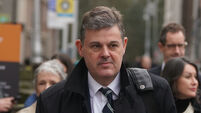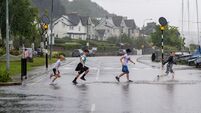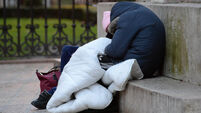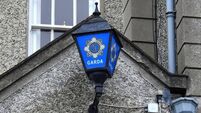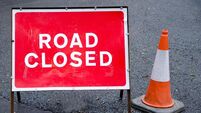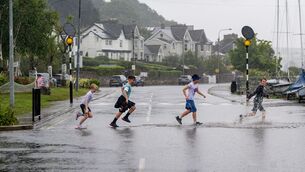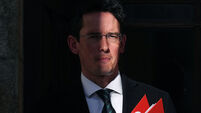Waterford museum calls in ghost hunters following 'eerie occurrences'
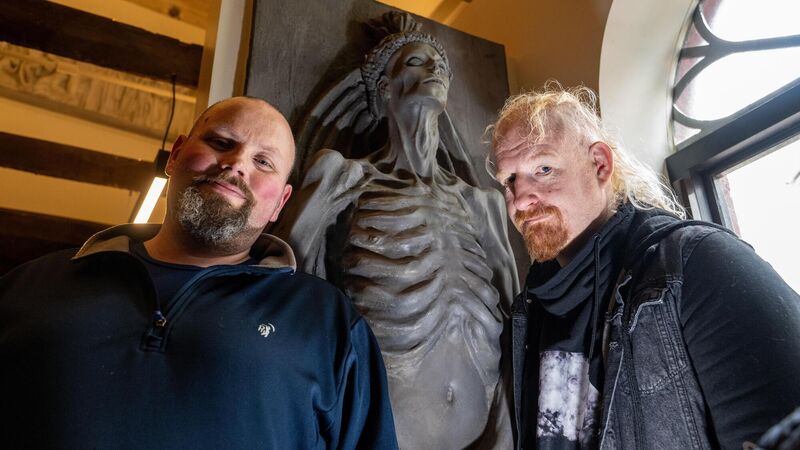
The GhostÉire team, medium Derek Whelan and paranormal investigator Anthony Kerrigan, at the Irish Wake Museum in Waterford. Pictures: Chani Anderson
A Waterford museum — believed to be a hotspot for paranormal activity — has enlisted the help of ghost hunters following reports of eerie occurrences at the venue.
GhostÉire — an Irish-based paranormal team that claims to make contact with spirits through a mix of scientific and traditional methods — conducted a months-long investigation into the bizarre happenings which were reported at the Wake Museum on Cathedral Square.
The probe came after unsettling accounts of children’s reflections being spotted in glass cabinets housing mourning jewellery commemorating the deceased. Such items were popular during the Georgian era — between 1714 and 1837 — when the mortality rate was high, particularly among children.
Much of the jewellery on display at the Wake Museum was made to commemorate very young kids, and had profound symbolic and emotional significance for their owners. They contains real human hair, a keepsake from a time before the widespread introduction of photography.
Museum curator Cliona Purcell said that a number of people, including tour guides, tradespeople, and visitors, had all reported witnessing paranormal activity in the venue.
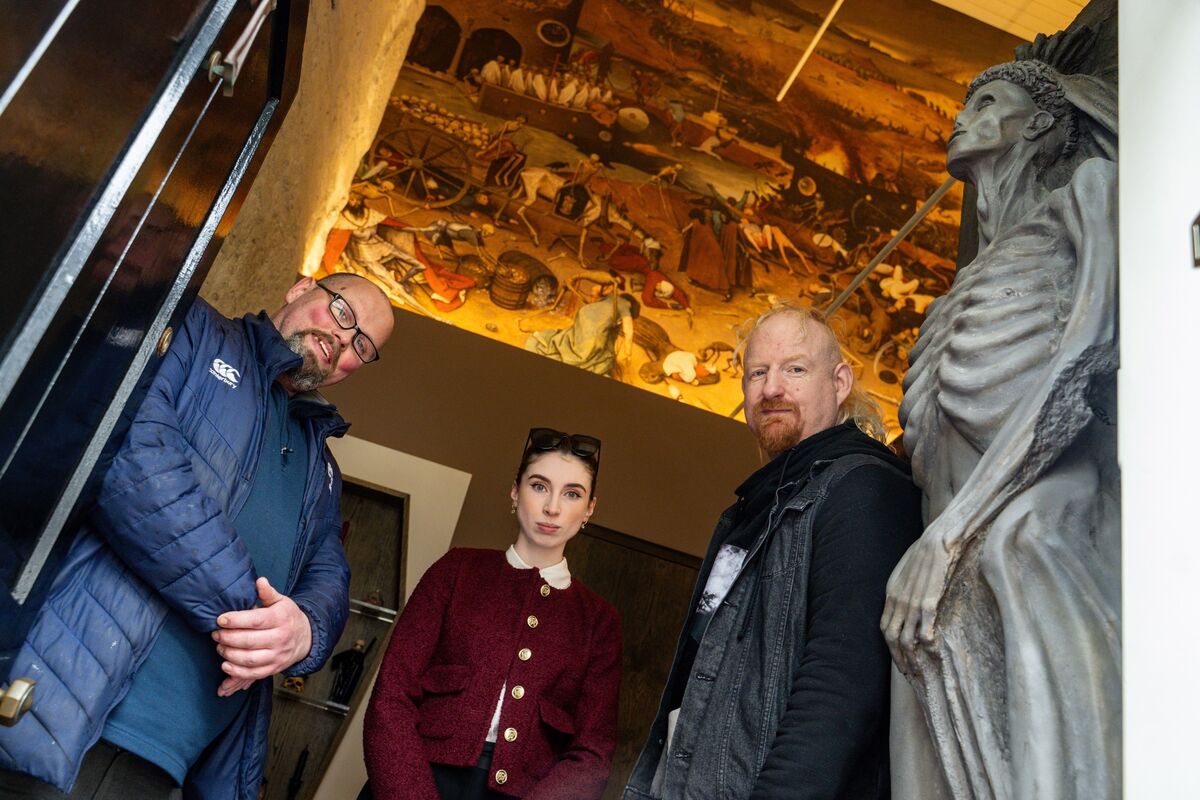
Around the same time as these occurrences were being reported, Anthony Kerrigan of GhostÉire got in contact to see if he could visit the museum and explore Ireland’s fascination with death and its customs.
“Some members of staff, particularly those who have been opening up by themselves, have seen reflections of children in the glass,” said Ms Purcell.
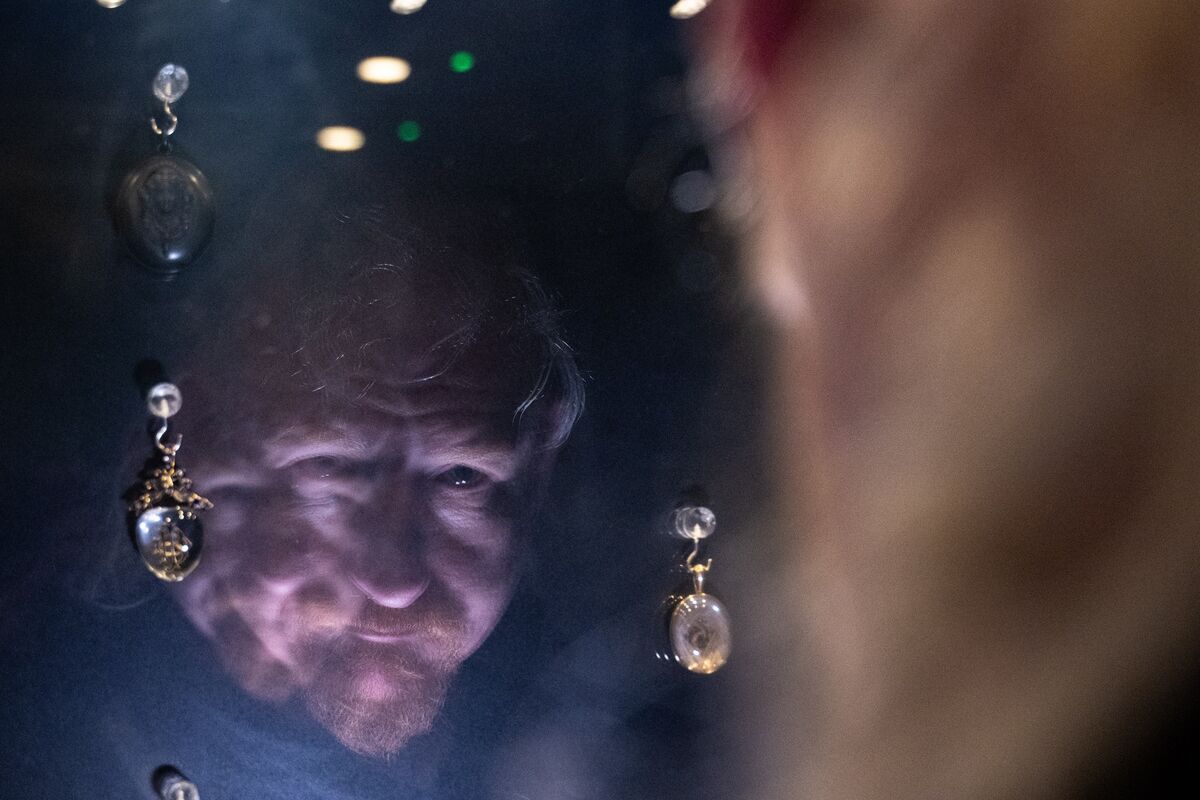
“We had carpenters and stone masons working in the building, and even they had stories, but it always seemed to come back to children.
“One of the most prominent families who lived in the house were the Roberts family in Waterford. John Roberts was a Waterford architect and his wife Mary had more than 20 children during the course of their marriage, but only eight of them survived to adulthood. There were definitely kids who passed away within these walls.”
Other signs of ‘paranormal activities’ also sparked curiosity in the museum.
“There have also been other incidents that couldn’t be explained,” said Ms Purcell.
"The electronics go a bit funny at times. Some of the stories come from visitors who would have considered themselves sceptics. We have even had a couple of people faint in that room. We are excited to hear about the results of Anthony’s investigation to see what he has found. We’re not really sure what to expect.”
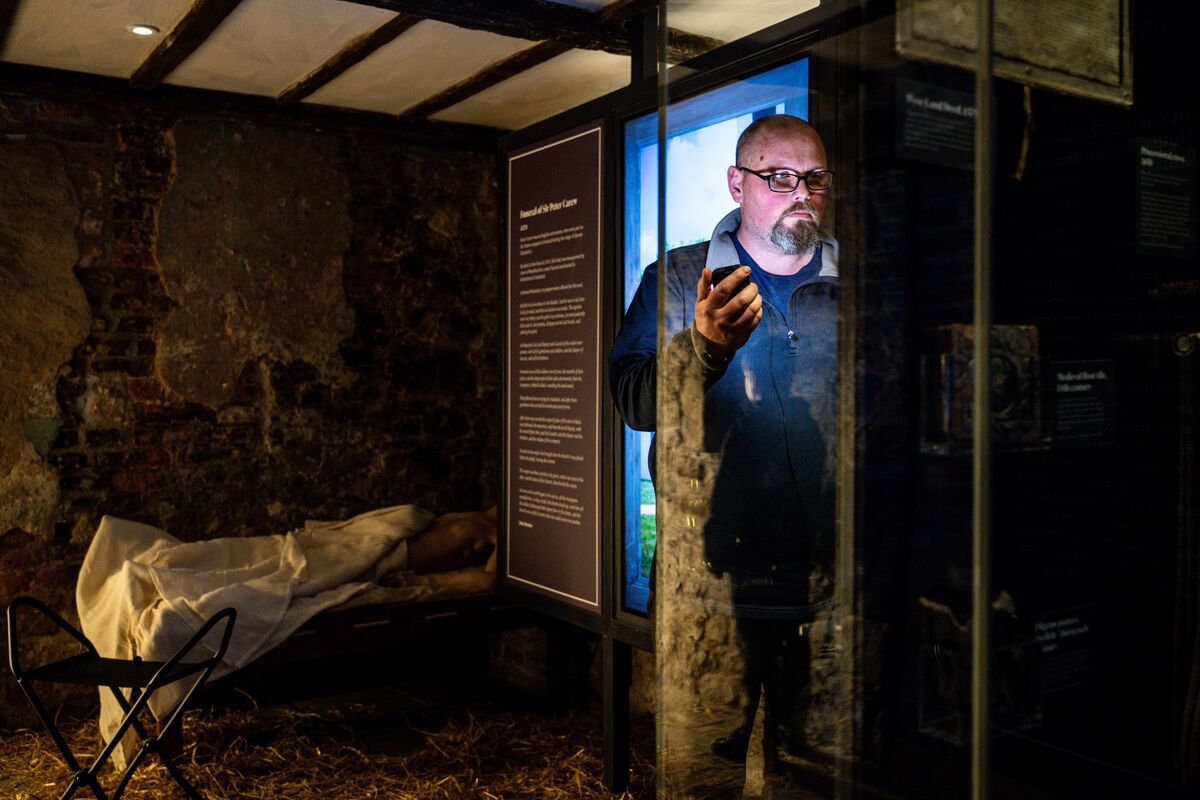
As part of their investigation, Anthony Kerrigan and his team from GhostÉire held a seance in the building. While they failed to make contact with any of the ‘ghost children’, they say they uncovered some disturbing clues as to what may have gone on. Words spelled out on a Ouija board suggest that the building may have been used as a brothel in a previous life, according to Anthony.
He said that one of the spirits they made contact with made reference to the Irish brothel Monto which, having 1,600 sex workers employed at the time, served as Europe’s largest red-light district between 1860 and 1925. Hidden away in Dublin’s north inner city, the establishment was known for its cruel treatment of women who worked there.
Anthony explained the possible link between Monto and previous uses of the Waterford museum, which is housed in a 15th-century almshouse.
“The word ‘Monto’ came up during a Ouija board session, so it’s our belief that the spirit had some connection with this place,” he said.
“A lot of people from high society would meet at Monto. Even the king of England was said to have lost his virginity there. When we asked the entity how we could recognise them, they said: ‘Dirt’.
"From what we understand, this was a woman of Asian heritage who had been beaten there. Early signs we are seeing is that there was a matriarchal presence overseeing what was going on. This suggests to us that this may have been a madame, so it might have been a brothel at one point.”
The team also made use of modern technology during their investigations.
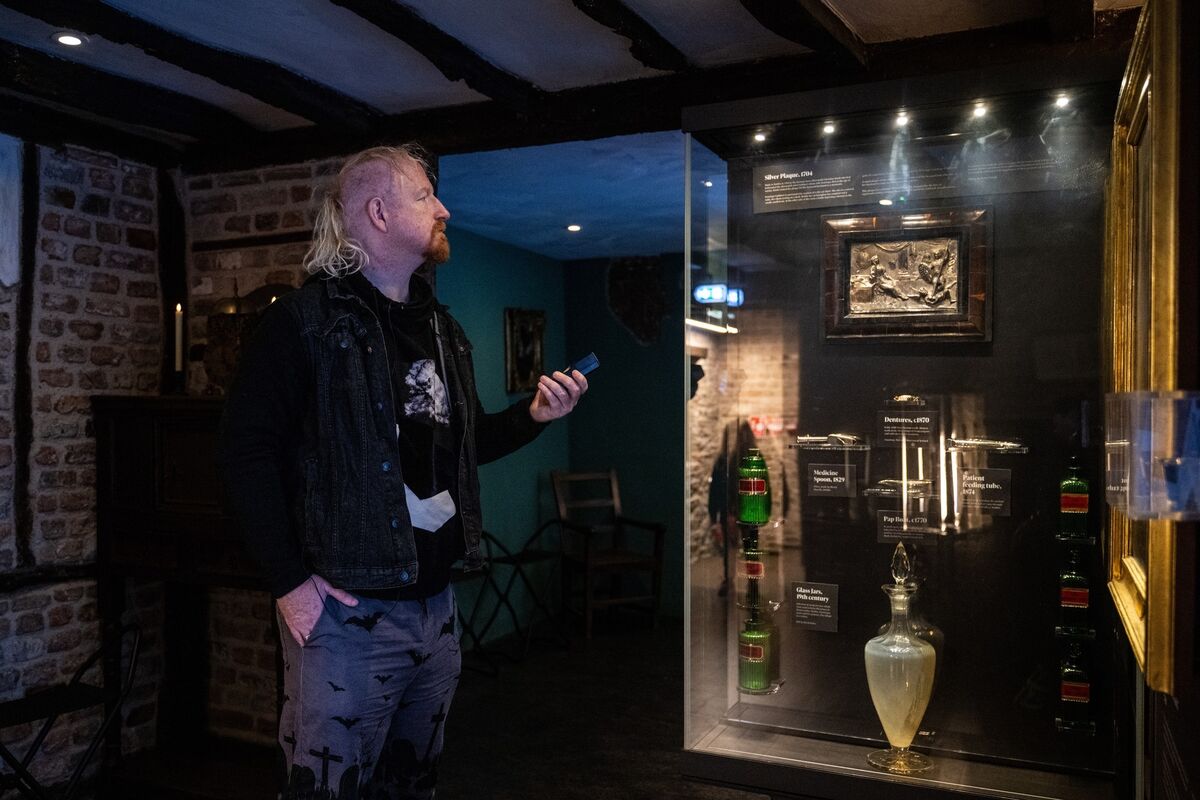
“For the fifth experiment we did an identity test experiment using software technology called Faces,” said Anthony.
“It’s similar to the technology used on programmes like and . The various features suggest that the woman we made contact with was of Asian descent. I’d be very interested to speak to someone with historical knowledge of the building who might be able to shed some light on this for us.”
Anthony said that the ghosts typically portrayed, both in literature and new media, are far removed from what’s experienced in a real seance.
“What’s portrayed in Shakespeare plays and the work of WB Yeats does not really reflect what we see or experience,” he said. “Cameras are no good at catching ghosts. Audio is more reliable, so paranormal investigators get better results this way.
"We are talking about tapping into an alternative consciousness or dimension that we are unaware of. We’ve asked ourselves questions using models of the brain, such as what part shuts down after we die and which part carries on afterwards. There is a theory that one part of the brain never shuts down and reboots in another realm, going from the physical to the spiritual.”
Another way to detect the presence of spirits, Anthony says, is through monitoring changes in the atmosphere.
“Some of the things we look at during seances are draughts and changes in temperature, as this can indicate another presence in the room. And the GhostÉire team all experienced headaches during our investigations....”




